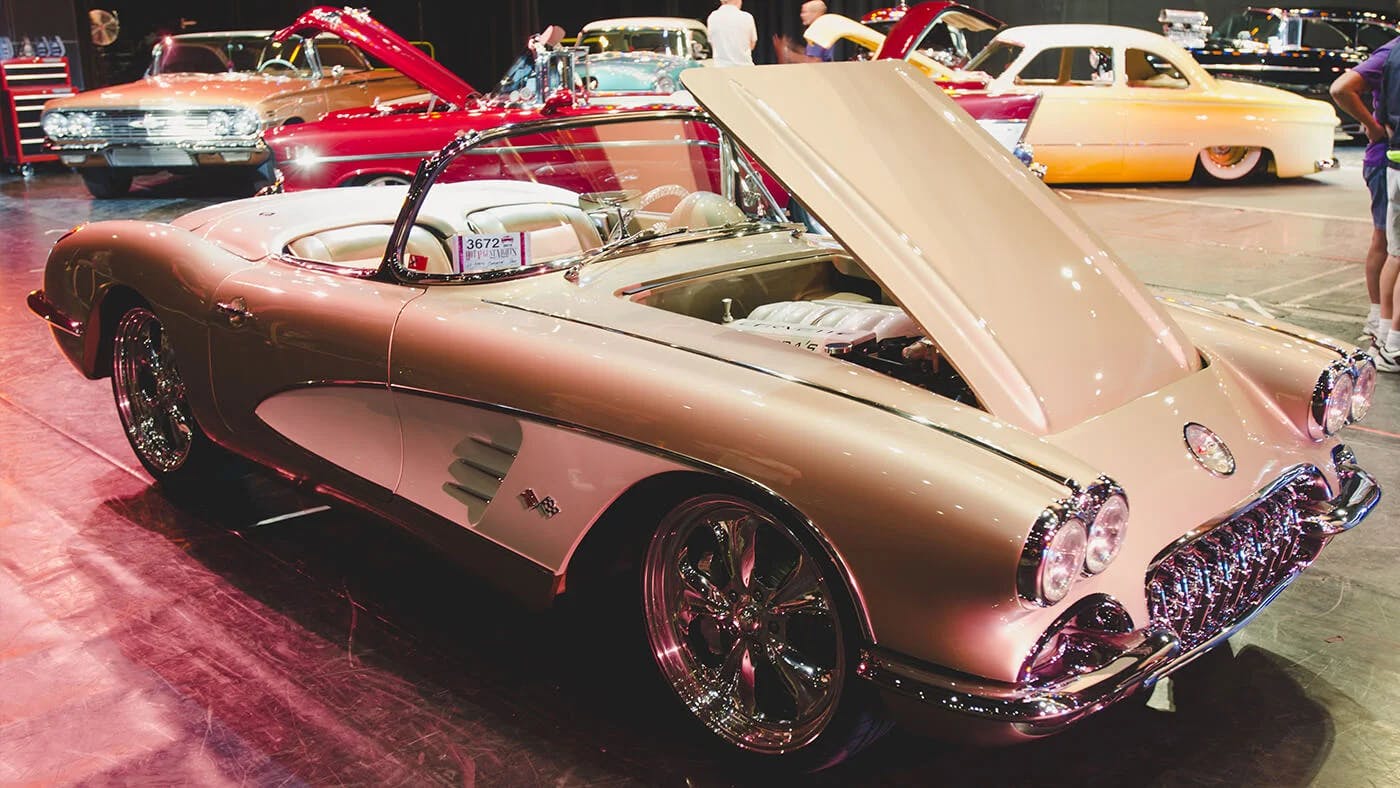Crate engines have an intriguing history that stems from the evolution of the automotive industry. The concept of crate engines, also known as "crate motors," emerged as a response to the growing demand for convenient and reliable engine replacement or upgrade options. The origins of crates can be traced back to the mid-20th century when the automotive aftermarket industry began to gain momentum. The idea was to offer fully assembled, ready-to-install engines in a crate, providing a simple solution for mechanics, enthusiasts, and car builders seeking high-performance or replacement engines. This concept gained popularity among those looking for a more convenient and efficient way to obtain engines without the need for extensive rebuilding or customization.
60s, 70s and 80s
The 1960s marked a significant turning point for crate engines, with various manufacturers starting to offer performance-oriented crate engines designed for muscle cars and racing applications. Companies such as Chevrolet, Ford, and Chrysler became notable for their offerings of high-performance crates, catering to the increasing demand for power and speed in the automotive world, a central part of the explosion in modified muscle car culture in the 1970s and 80s.

90s and 2000s
In the 1990s it was all about pushing the edge of technological advancements to breathe new life into classic vehicles. As it became more and more difficult to source the right parts for vintage cars, a new market opened for crate engines, fulfilling the needs of passionate enthusiasts looking to use technology to keep the dream alive. This classic car restoration movement continued to boom well into the 2000s. With popular culture also inspiring a new generation of hot-rodders, crates continued to gain wider acceptance with considerable market growth and popularity.

Over time, crates have evolved to encompass a diverse range of options, including stock replacement engines, high-performance engines, and custom-built engines tailored to specific applications and performance requirements. This evolution has been driven by advancements in engine technology, manufacturing processes, and the growing demand for reliable, easily installable powertrain solutions.
Conclusion
Today, crate engines are available in various configurations, ranging from classic V8 engines to modern high-efficiency power plants, catering to the needs of different automotive enthusiasts, custom car builders, and restoration projects. They have become a popular choice for those seeking a convenient and reliable way to upgrade or replace engines in their vehicles, offering a plug-and-play solution that can significantly simplify the process of enhancing a vehicle's performance and overall driving experience. Looking to keep your vintage car running? Get yourself a crate engine. Looking to add some more pep to your hot rod? Get yourself a crate engine. In a world of customization and personalized technology, crate engines are a powerful vehicle upgrade option that unites the past with the future.
Click here to see our wide selection of second hand vehicles today.




